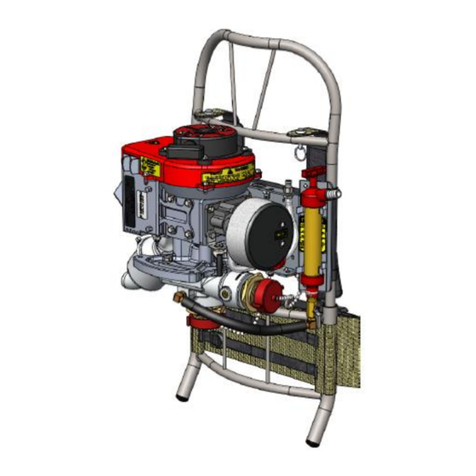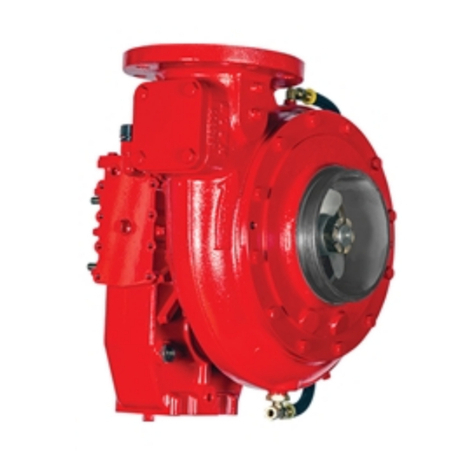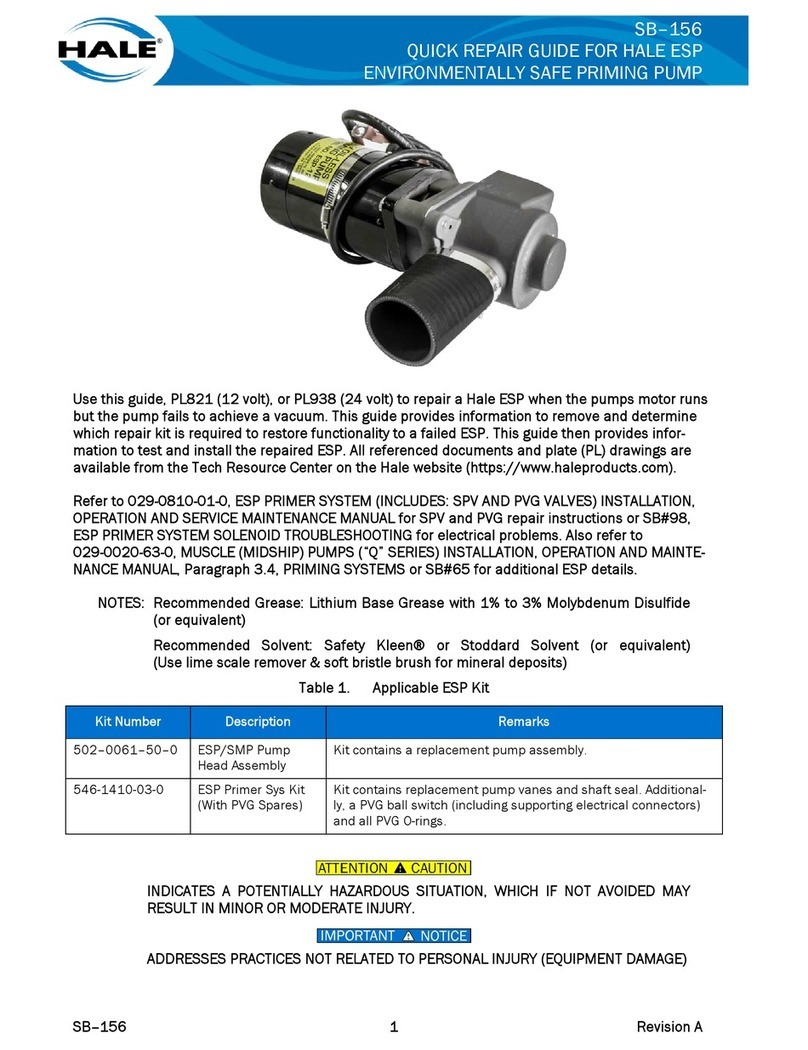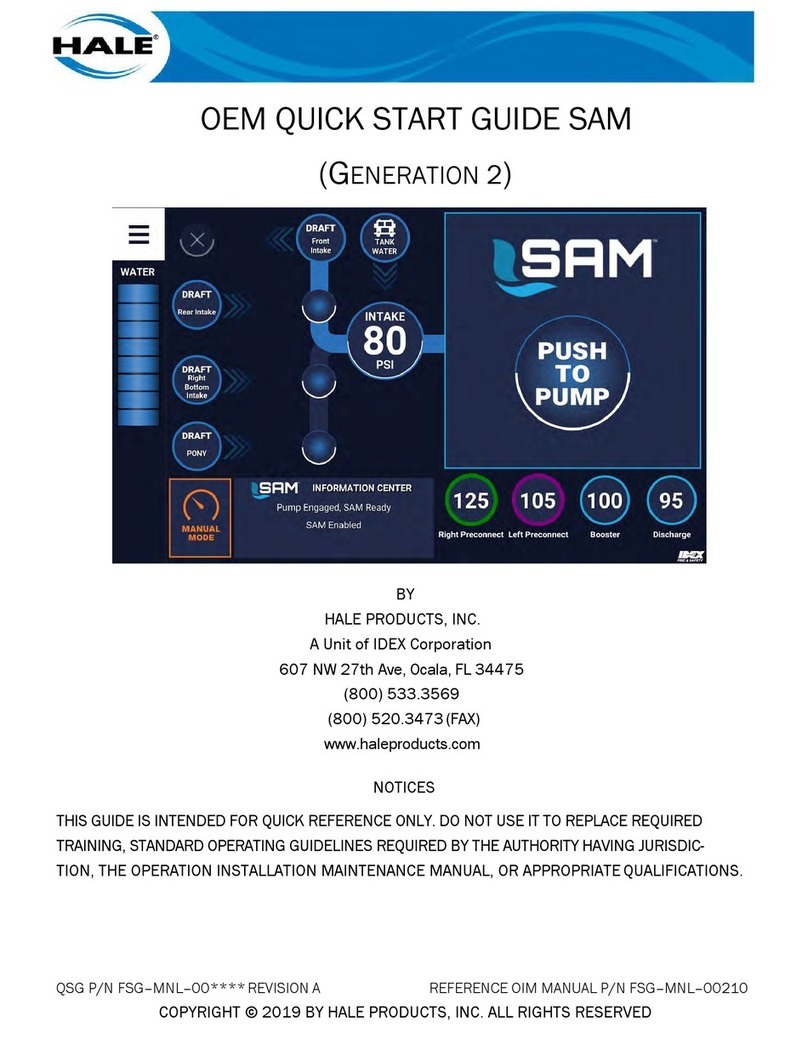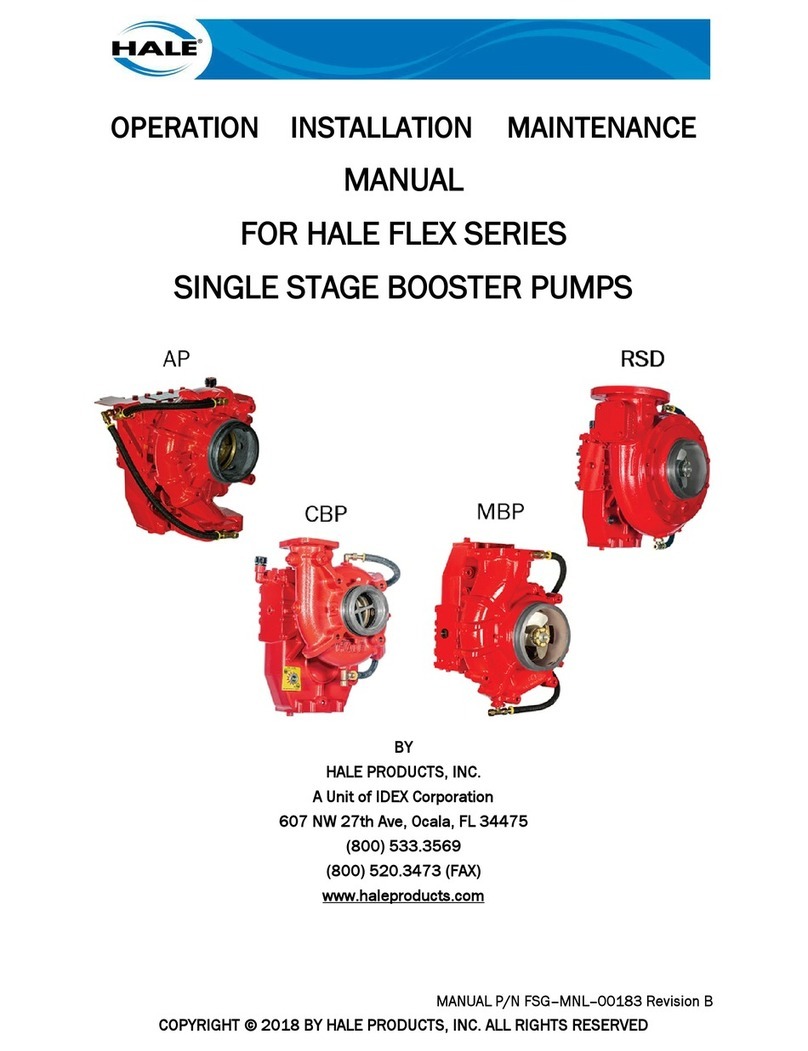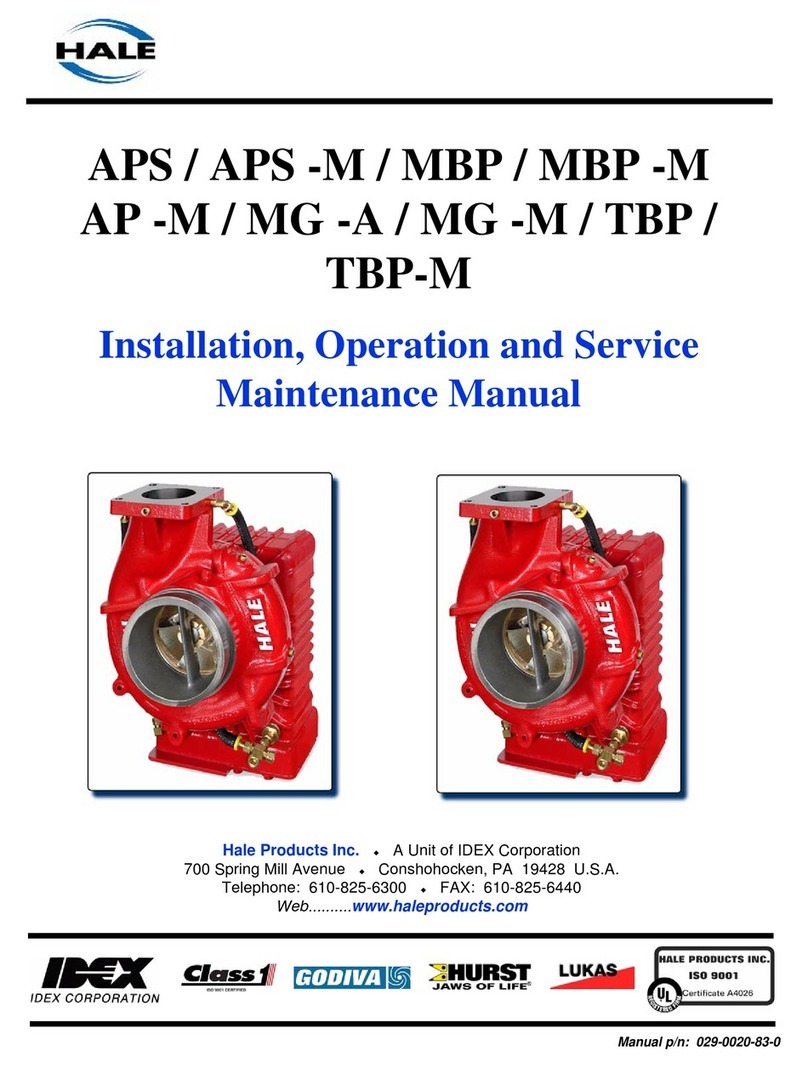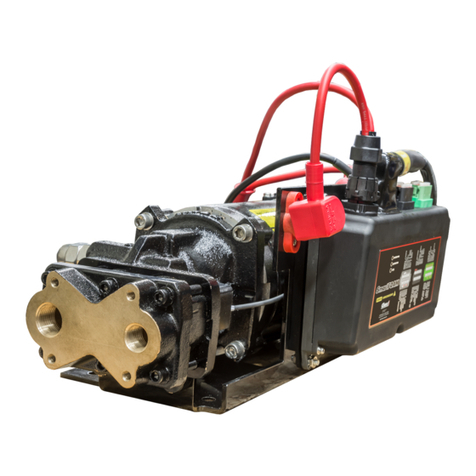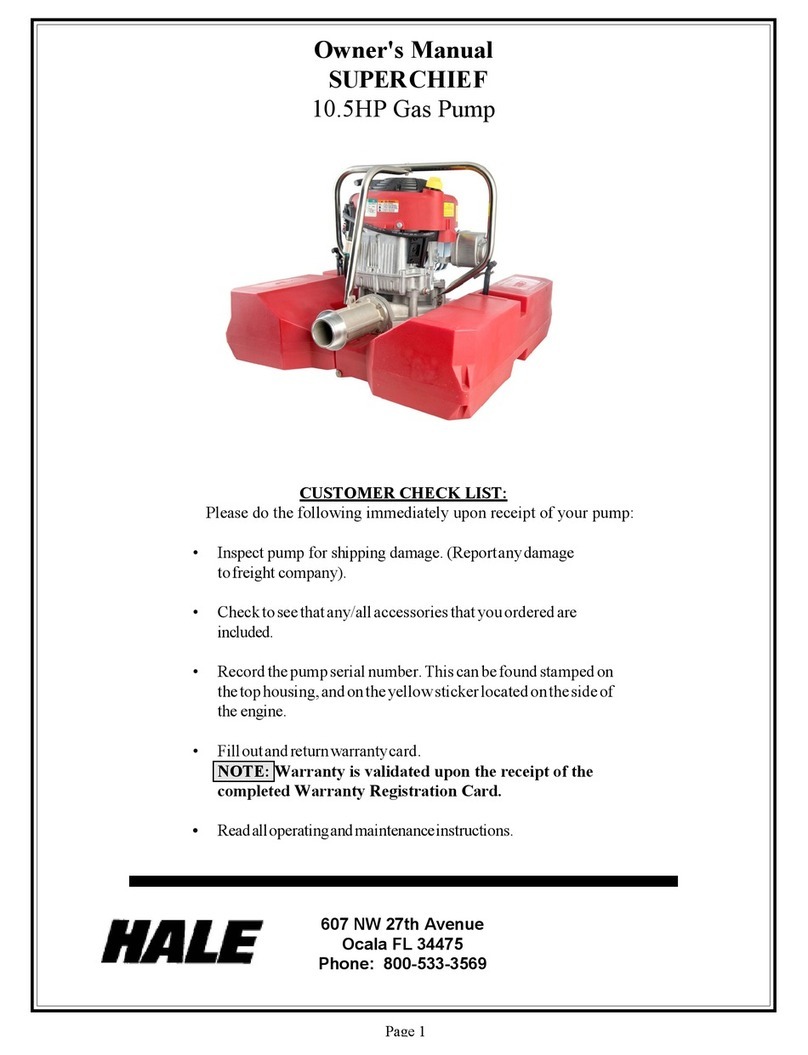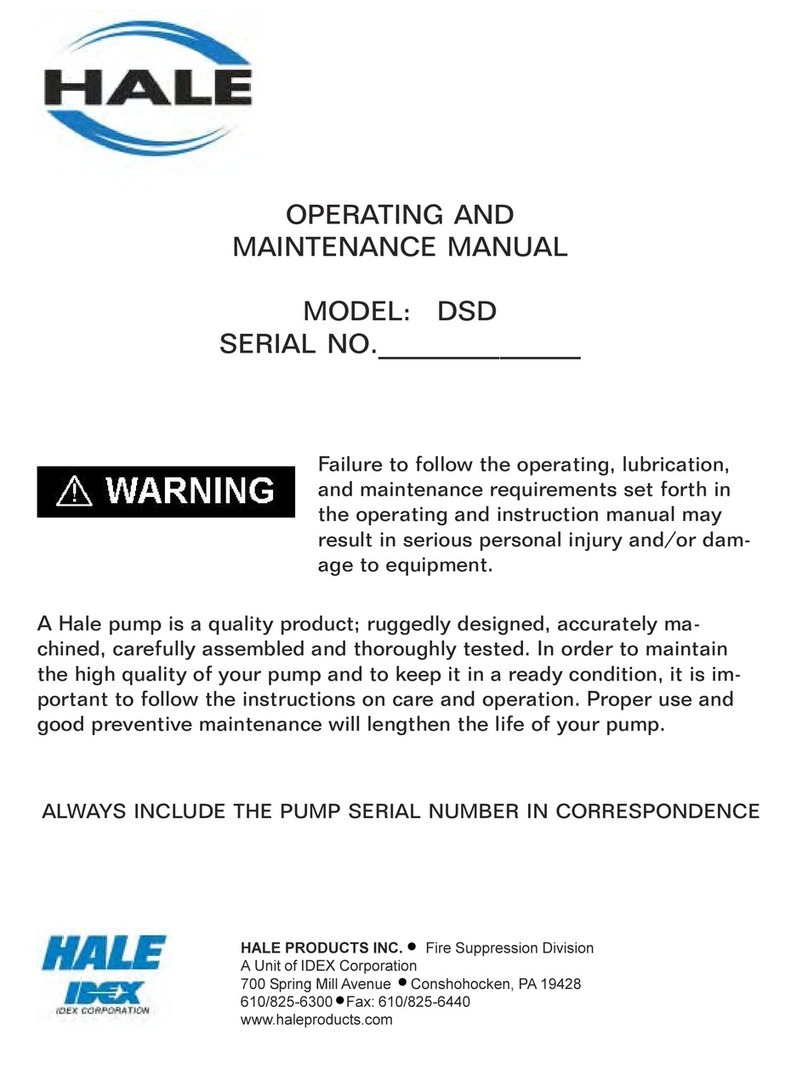
1
GENERAL DATA
ENGINE DATA
Engine ................................................................... Honda BF45A (Modified)
Configuration ....................................................... 3-cylinder 4-stroke, OHC vertical crankshaft
Bore and Stroke .................................................... 70 mm x 70 mm
Capacity ................................................................ 808cc (49.4 cu.in.)
Rated Power ......................................................... 6600 r.p.m. max.*
Idle Speed ............................................................. 950+/–50 r.p.m.
Valve Clearance – Inlet (COLD) ......................... 0.13 – 0.17 mm
– Exhaust (COLD) .................... 0.21 – 0.25 mm
Battery (Low-Maintenance) ................................. 12 Volt 18 Amp Hr, Neg. Earth
Ignition Timing Range ......................................... 5° – 32° BTDC
Spark Plug – Type ................................................ N.G.K. D7EA or equivalent
– Gap ................................................. 0.6 – 0.7mm
Fuel Tank Capacity .............................................. 14 litres
Fuel Pump ............................................................ Diaphragm-type driven from camshaft.
Carburettors (Three) ............................................. Constant-vacuum type
Lubrication System .............................................. Pressure-feed and splash
Oil Sump Capacity (With Filter) .......................... 2.6 litres
(Without Filter) .................... 2.0 litres
Oil Pressure (Engine at 80°C) .............................. 1.5 bar at 950+/–50 r.p.m.
Oil Filter ............................................................... Honda screw-on disposable cartridge
Cooling System .................................................... Water circulation by engine pump with
thermostat, heat exchanger, oil cooler and
header tank.
Cooling Water Capacity ....................................... 5.0 litres
Operating Temperature ........................................ 72°C
Anti-Freeze ........................................................... Ethylene Glycol-base
Starter – Electric ................................................... Electric starter 0.9kw (Inertia-type)
– Manual ................................................... Rope-wrap on flywheel
* Full throttle r.p.m.
PUMP DATA
Pump – Model ...................................................... GPl0/l0
– Type ........................................................ Single-stage, centrifugal.
Rated Output ........................................................ 1,000 litres at 10 bar and 3 m lift.
Pump Shaft Seal ................................................... Spring-loaded, self-adjusting, carbon-faced
gland with silicon-carbide counterface.
Delivery Valves .................................................... Screw-down DIN-type (2-OFF).
Priming ................................................................. Exhaust-gas ejector and automatic priming
valve.
Thermal Relief Valve (Optional)
Operating Temperature .......................... 42°C
Length (Cradle Handles Closed) .......................... 680 mm
Width .................................................................... 495 mm
Height (Complete Unit) ........................................ 605 mm
Weight (With Battery, Oil Coolant and Fuel) ...... 112 kg


